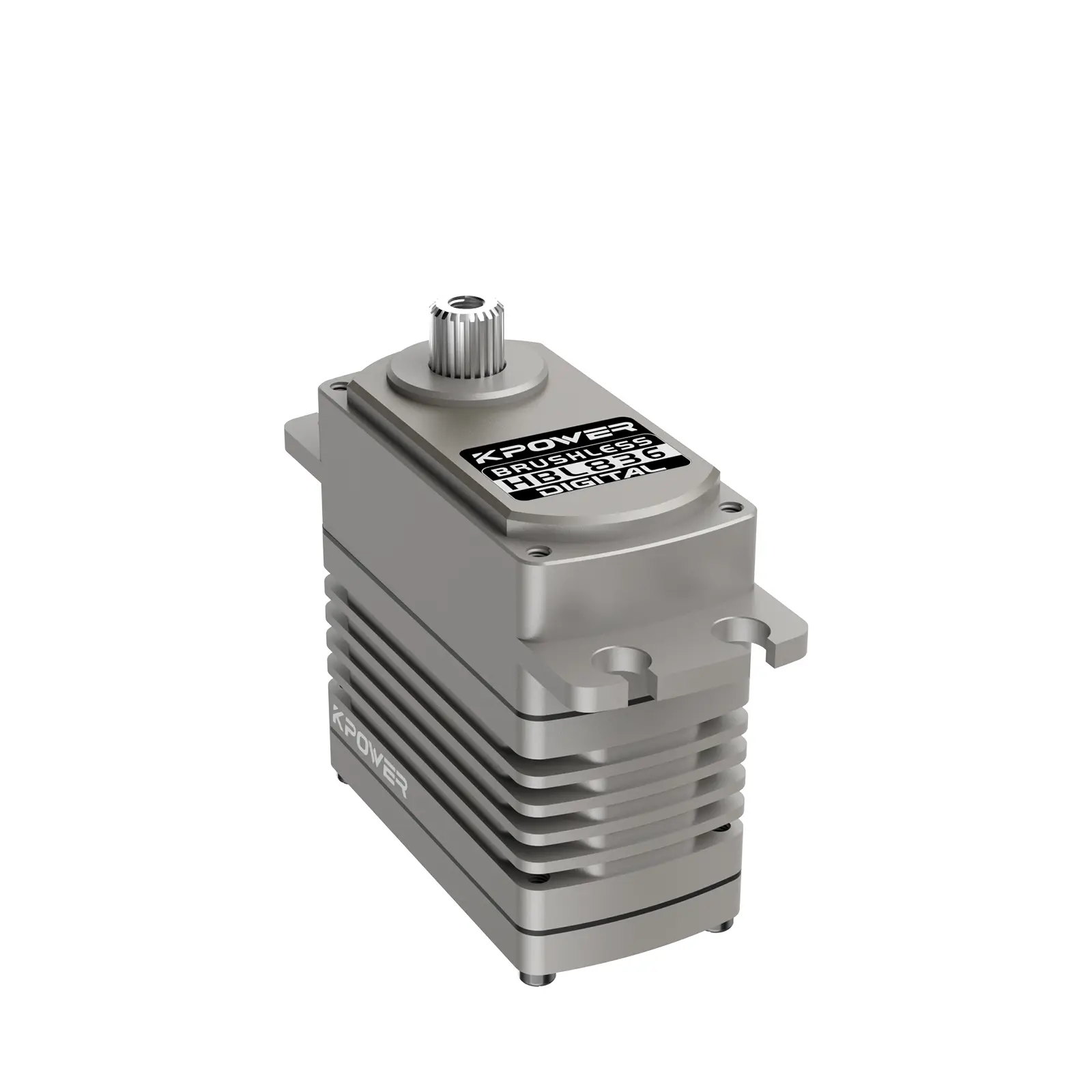Imagine you’re designing a machine, and suddenly the big question pops up: what kind of motor do I need? The choices aren’t just technical jargon—they set the tone for how your project performs, how smoothly it runs, and how reliable it is. Let’s talk about three familiar players: servo motors, DC motors, and stepper motors. Each one has its personality, quirks, and sweet spots.

First, there's the classic. The DC motor. It’s like the Swiss Army knife in the motor world. Simple, straightforward, reliable. If you want fast acceleration and decent control, a DC motor’s your buddy—just hook it up to a power source and go. But it’s got a catch. Controlling its speed precisely isn’t always a walk in the park unless you add some gaming with a PWM controller. Think of it like trying to adjust volume on an old radio—you get the idea, but it’s not super precise. Still, for projects where fine control isn’t everything, it’s perfect. Think of a small fan or a conveyor belt—DC motors shine there.
Now, step into the world of stepper motors. They’re the precision artists of the group. Each step pushes the shaft by a specific angle—imagine taking tiny, controlled steps forward. No need for feedback because their position is inherently predictable. Great for 3D printers or robotic arms. Want precise movement without complicated sensors? Stepper motors are your go-to. But don’t expect them to be super speedy or efficient with power. They can heat up if pushed too hard, and sometimes their torque drops at high speeds. Still, their ability to hold position without extra components makes them a favorite in exact engineering tasks.
Finally, servo motors. Think of them as the high-performance athletes. They come with sensors, feedback systems, and smart control. The moment you need quick, accurate positioning with power to spare—here’s where servo motors jump into action. They’re what you see in robotic arms that need to move fast and stick to precise paths. But they aren’t just about speed; they’re about reliability and fine control, especially in complex machinery.
Now, here’s a quick question: fancy a motor that’s simple, cheap, and good enough for basic tasks? DC gets your vote. Need pinpoint accuracy and steady position holding? Steppers are calling your name. Got a robot that needs to zip around confidently, adapt on the fly, and handle complex movements? Servo motors are the kings.
Picking the right motor is like choosing a partner for a dance. Each has a rhythm and style. The trick is knowing what kind of dance your project demands. The good news? With a bit of insight, making the right call becomes less of a gamble. The world of motors isn’t intimidating once you see how each one plays its role. Because at the end of the day, it’s about matching the motor’s personality to what you want to create.
Established in 2005, Kpower has been dedicated to a professional compact motion unit manufacturer, headquartered in Dongguan, Guangdong Province, China. Leveraging innovations in modular drive technology, Kpower integrates high-performance motors, precision reducers, and multi-protocol control systems to provide efficient and customized smart drive system solutions. Kpower has delivered professional drive system solutions to over 500 enterprise clients globally with products covering various fields such as Smart Home Systems, Automatic Electronics, Robotics, Precision Agriculture, Drones, and Industrial Automation.




































